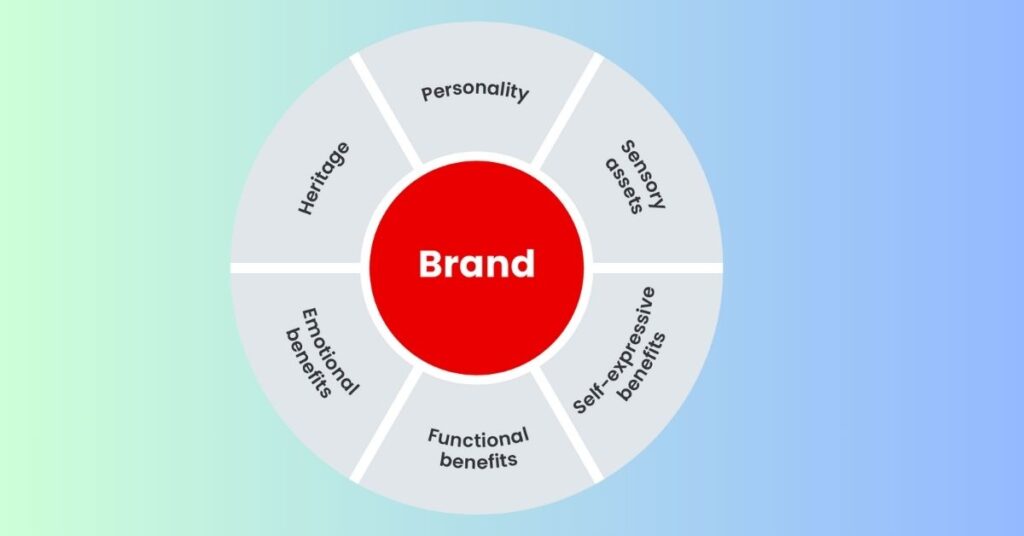How to Create a Memorable Brand and Keep It Strong
In today’s highly competitive business world, having a strong brand is essential for standing out and gaining customer loyalty. A brand is much more than just a logo or a catchy name. It represents the identity of your business, your values, your mission, and the way customers perceive your products or services. Building a strong brand requires time, effort, and consistency, and maintaining it requires ongoing attention and adaptation. This article explores practical steps and strategies to help you create a powerful brand that resonates with your audience and remains relevant over time.
Understanding What a Brand Really Is
A brand is often confused with visual elements like a company logo or a color scheme. While these are part of branding, a true brand goes deeper. It is the emotional connection people have with your business. It is the promise you make to customers, the personality you project, and the experiences you deliver.
Your brand is the sum of everything your audience thinks, feels, and says about your business. A strong brand conveys trust, reliability, and uniqueness. It is a business asset that influences customer decisions and helps your company grow.
Why Building a Strong Brand Matters
Creating a strong brand is not optional; it is a necessity for success. Some of the key reasons for focusing on branding include:
-
Customer Trust and Loyalty: A well-established brand creates a sense of reliability, encouraging customers to return and recommend your products or services.
-
Recognition and Memorability: A strong brand helps your business stand out in a crowded market, making it easier for people to remember and identify you.
-
Higher Perceived Value: A reputable brand often allows you to charge premium prices because people associate quality and trust with your name.
-
Consistency Across Platforms: Strong brands maintain a unified message across marketing channels, making communication more effective.
-
Competitive Advantage: A powerful brand differentiates you from competitors, giving you an edge in your industry.
Steps to Build a Strong Brand
Creating a brand that resonates with your target audience is a structured process. Here are essential steps to follow:
1. Define Your Brand Purpose and Mission
Every strong brand begins with a clear purpose. Ask yourself why your business exists beyond making money. What value are you providing to customers? A brand purpose defines your core reason for being and serves as a guiding principle.
Once you have a purpose, create a mission statement that outlines what your business aims to achieve and how it will serve customers. A well-crafted mission statement becomes a reference point for your brand identity and helps in decision-making.
2. Identify Your Target Audience
To build a brand that resonates, you need to know who your ideal customers are. Conduct market research to identify demographics, preferences, challenges, and buying habits.
When you understand your target audience, you can craft messaging that speaks directly to their needs and emotions. This connection is what transforms casual buyers into loyal customers.
3. Study Your Competition
Researching your competitors helps you understand what works and what gaps exist in the market. Analyze how competitors present their brands, what values they emphasize, and how they engage with customers.
By studying others, you can identify opportunities to differentiate your brand. For example, if all competitors focus on pricing, you could stand out by emphasizing exceptional customer service or sustainability.
4. Choose a Unique Brand Name and Identity
A memorable name and a visually appealing identity are essential components of branding. Your brand name should be easy to pronounce, spell, and remember. It should reflect your values and resonate with your audience.
Visual branding includes elements like a logo, typography, and color palette. These should work together to create a distinctive style that customers can quickly recognize.
5. Craft a Strong Brand Voice
Your brand voice is the personality of your business expressed through words and communication style. It sets the tone for all your content, from website copy to social media posts.
Decide whether your voice is formal, friendly, playful, or authoritative. Consistency in voice strengthens recognition and helps customers feel connected to your brand.
6. Develop a Brand Story
People love stories, and a compelling brand story makes your company relatable. Share your journey, challenges you have overcome, and your passion for helping customers.
A well-told story creates emotional connections and humanizes your brand, making it easier for people to trust and engage with you.
7. Create a Memorable Customer Experience
A brand is built through experiences, not just marketing. Every interaction customers have with your business should reflect your values and commitment to quality.
Focus on delivering excellent service, from first impressions to post-purchase support. A positive customer experience can turn one-time buyers into brand advocates.
8. Be Consistent Across All Channels
Brand consistency builds recognition and trust. Use the same colors, fonts, messaging style, and tone across all platforms, including websites, packaging, social media, and advertisements.
Consistency reassures customers that your brand is reliable and professional. It also helps people associate specific visuals or phrases with your business instantly.

Strategies to Maintain a Strong Brand
Once your brand is established, maintaining it requires ongoing attention. The market evolves, and customer preferences change, so staying relevant is essential. Here are some strategies to ensure your brand remains strong:
1. Monitor Brand Performance
Regularly track how your audience perceives your brand. Use surveys, social media analytics, and reviews to gather feedback. If you notice a drop in engagement or satisfaction, adjust your strategies quickly.
Monitoring your brand’s reputation helps you address problems before they escalate.
2. Keep Your Visual Identity Updated
While consistency is important, brands need occasional updates to remain fresh. Redesigning your logo or adjusting your color scheme every few years can show that your brand is evolving without losing its core identity.
3. Engage With Your Audience
A strong brand is built on relationships. Engage with customers through social media, email newsletters, and events. Respond to comments and reviews, and show appreciation for loyal supporters.
When customers feel heard and valued, they are more likely to stay loyal and recommend your business to others.
4. Stay True to Your Core Values
Trends may come and go, but your brand values should remain consistent. Customers trust brands that stand by their principles, whether those principles are quality, sustainability, or innovation.
Avoid making drastic changes that conflict with your core mission, as this can confuse or alienate your audience.
5. Offer Consistent Quality
A brand is only as strong as the quality of its products or services. Consistently delivering value builds trust over time. When customers know they can rely on your brand, they are more likely to remain loyal even when competitors offer lower prices.
6. Leverage Content Marketing
Content is a powerful tool for brand building and maintenance. Blogs, videos, podcasts, and social media posts allow you to share your expertise, engage with your audience, and showcase your values.
A consistent content strategy reinforces your brand voice and keeps your business top of mind.
7. Monitor Industry Trends
Stay informed about changes in your industry and adjust your branding strategies accordingly. For instance, if customers are increasingly seeking eco-friendly products, showcasing sustainability efforts can strengthen your brand image.
8. Train Employees to Represent the Brand
Your employees are brand ambassadors. Train your staff to understand your brand values and communicate them effectively. Every customer interaction should reflect your brand’s commitment to excellence.
Key Elements of a Strong Brand
Building a strong brand requires more than just one element. Here are some critical components:
| Element | Description |
|---|---|
| Brand Identity | The visual and verbal elements that represent your company |
| Brand Voice | The tone and style used in communication |
| Brand Values | The principles that guide your business |
| Brand Promise | The commitment you make to customers |
| Customer Experience | The overall impression customers have of your brand |
| Brand Consistency | Maintaining a unified message and style across all platforms |
Common Mistakes to Avoid in Branding
-
Inconsistency: Changing colors, fonts, or tone frequently confuses customers.
-
Ignoring Customer Feedback: Failing to listen to your audience can damage your reputation.
-
Copying Competitors: Mimicking other brands makes it hard to stand out.
-
Overcomplicating Branding: Keep your brand message simple and clear.
-
Neglecting Internal Branding: Employees should fully understand and represent your brand.
Final Thoughts
Building and keeping a strong brand takes time, planning, and effort. A good brand stands out, earns trust, and stays important even as the market changes. By knowing your purpose, understanding your customers, keeping quality high, and staying true to your values, you can build a brand that attracts people and keeps them loyal.
Putting time and care into your brand is one of the best choices for your business. Over time, your brand becomes more than a logo or slogan; it shows what your business truly represents.
Frequently Asked Questions
What is a brand?
A brand is the identity of your business, including your values, personality, and how customers perceive your products or services.
Why is building a strong brand important?
A strong brand helps create trust, improves recognition, builds loyalty, and gives your business a competitive edge.
How can I make my brand stand out?
Focus on your unique value, create a consistent brand voice, maintain quality, and build strong relationships with customers.
How long does it take to build a brand?
Brand building is a long-term process that can take months or years, depending on your industry and marketing strategy.
How can I maintain my brand?
You can maintain your brand by staying consistent, engaging with customers, monitoring your reputation, and adapting to market trends.




